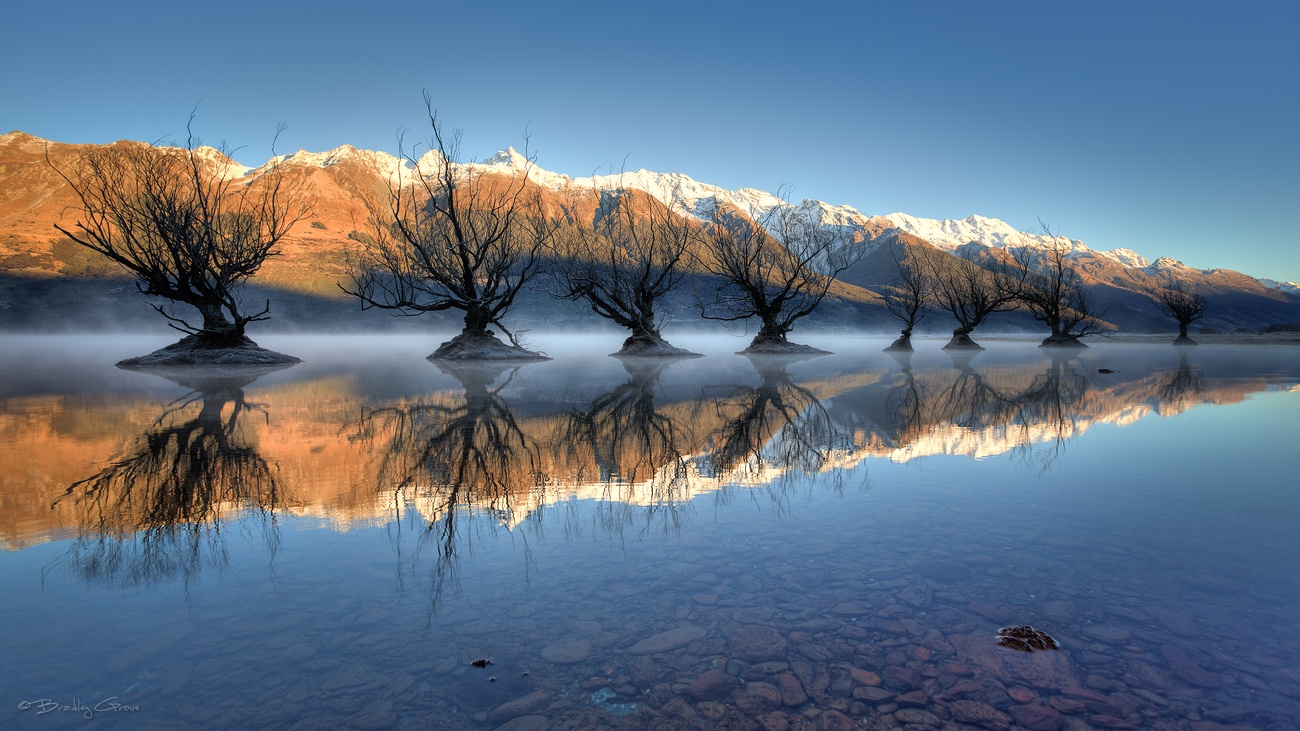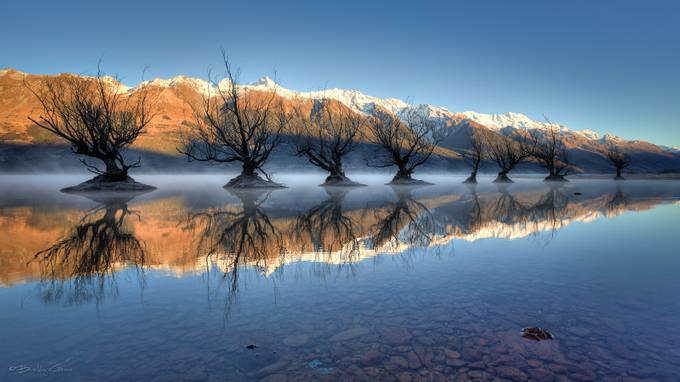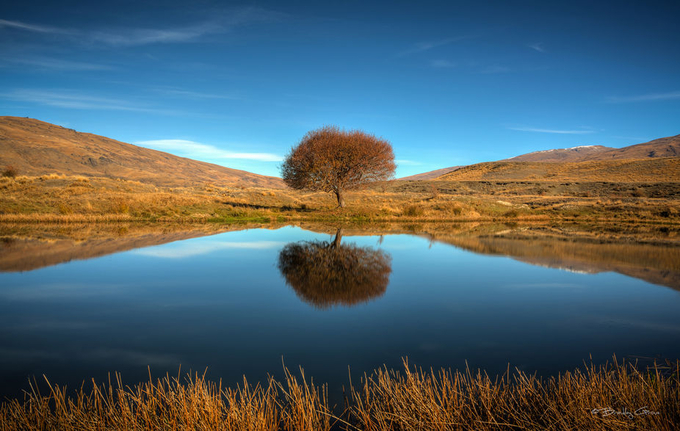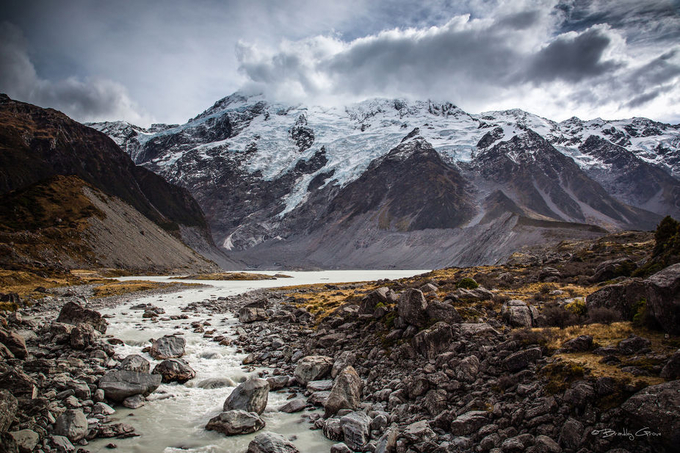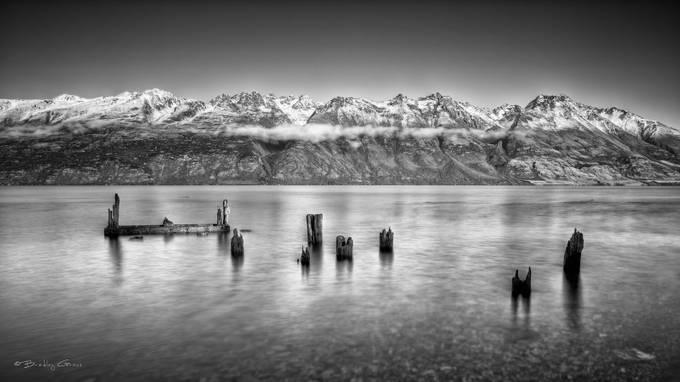It's time to feature another amazing photographer in our community. We are excited to share these helpful tips and amazing insights into Bradgrove's photography. Let's jump right into it, enjoy!
I am a landscape photographer at heart. But, I can find enjoyment in pretty much any genre of photography. From macro to portraiture… from still life to wildlife… from studio to wilderness. But, landscape photography is my real underlying passion. Like many forms of photography, emotion is a crucial element (especially for landscapes). If a photograph does not elicit some form of emotion or interest, then I think it is no more than an image. All my photographs are images but not all of my images are photographs… if you can understand my meaning.
Can you share 3 quick tips on how to achieve the magical feeling you get on your photos?
1. Emotion can be injected into an image at every stage of the process… composition, exposure and post processing. Yes, there are rules and yes, we should generally not break too many of them (especially with composition). Some rules are never broken (like level horizons in seascapes) but other rules are a bit more flexible. So for me, while the rule of thirds is always in mind, it is important that all the elements of the image need to either complement each other or lead to each other. One of the things I try to avoid (if possible) is truncating any of the main elements of an image (like half a tree sitting on the edge of the frame). To that end, in many of my photographs, you will generally see “buffer space” between the main image elements and the edge of the frame. This is important to me (even if it is not always possible). The distance between various elements can alter the emotional aspect of the image (from solitude and loneliness to intense drama or even sadness). If any of the elements in your image annoy you then you better re-compose or find a way of removing that element.
2. Exposure is actually much easier to get right. Mainly because you can take multiple frames at different exposure values. Make sure you shoot in RAW and make sure you come away from the shoot with enough exposure data to “make” the photograph you have in your head a reality (once you are sitting in front of your computer). I am not saying that exposure does not matter because it does (especially in minimizing noise and clipping). You should always try for perfect exposure in camera. Let’s just say that it is very satisfying to nail exposure in Camera even if you need to take multiple shots, but as long as you don’t over-expose then you do have some flexibility in post (see below). Learn to use your camera’s histogram in the field.
3. Post processing is an art in itself and often takes years to refine (and establish “your style”). Although Lightroom is the centre of my workflow, I will often compliment the process with sessions in Photoshop, Photomatix and other applications. Post processing can be a fairly personal thing and there is simply not enough scope here to delve into too much detail. So, a couple of tips… Vignetting is great tool for adding emotion to landscapes and portraits if used gently. For example, in Lightroom, I try to keep the amount of vignetting to no more than a value of about 25 and, I set the feathering value almost always to 100% (most gradual). Also, I hate over-saturated images. I have been guilty of this in the past but nowadays I tend to lean towards the principle of “less is more”.
Tell us about this photo - how did you capture the reflection?

Normally I would go to great lengths to shoot at dawn or dusk (that is a basic rule for producing emotional landscapes). However, I found myself at Lake Wanaka (New Zealand) near the absolute middle of the day (bummer). So, what could I do? You have to try anything to add emotion and alter the lighting in your favour. Answer… try to get that exposure as long as you think you need to make a difference. Here I was using a cropped sensor body (EOS 7D), but all I had at the time was a single 3 stop ND filter (NDx8) which really was not enough. So, reluctantly, I stopped down to f/22 (hate doing that because of diffraction) and popped on a circular polariser as well. I was able to push a 15 second exposure with the equipment I had at the time. The resolving ability was compromised with the aperture stopped down so much (f/8 – f/11 would have been ideal) but the result was somewhat “electric”.
We love this shot! what is your favorite aspect about this photo?

The most favourable memory I have of this photograph was the pre-dawn time spent with my partner walking along the beach prior to the shoot and the picnic breakfast which followed. There are actually two of these dead tree trunks which remain on this isolated section of coastline. I took several frames that morning but this composition, with just a single tree tells a different story to the others.
Can you share a quick tip on how to capture a similar shot to this one?

This one is a little different to my normal style. We had just had several days of rain. Consequently mushrooms had started popping up all over the lawn. I grabbed my 100mm macro lens and a 25mm extension tube with a view towards a fantasy theme and lots of bokeh. I also grabbed a towel so I could lay down on the wet lawn and rest the camera partially on the ground (as low as I could get). 100mm @ f/2.8 with the mushroom only a couple of centimetres from the end of the lens (without the hood attached) tends to give you a very shallow depth of field. In this image, the focus was on the front textured edge of the mushroom. Everything else was blurred (bokeh). The post processing was really what made the image what it is. I added a few extra dots of blurred background highlight and some water in the foreground. This really was an experiment and in fact I was a little hesitant to post the final image because it is not really my style. But, it did achieve “fantasy” status in my view so there you go.
This is another photo we love, can you tell us more about it?

This famous solitary tree sitting in Lake Wanaka, New Zealand is one of the most photographed trees in the world (same tree as the first image above). It is also one of my favourite places in the world. Whenever I am in the Wanaka area I try and make time to photograph this little tree. Consequently I found myself here again on a holiday in June 2012. It was a very cold, overcast and windy day. The conditions were so bad, I almost decided not to bother. The tree was moving quite a bit and this made it very difficult to get a nice clean crisp shot. Because of the very poor shooting conditions, I ended up having to blend a long exposure (10 secs for lower section of the image) with a much shorter exposure (1.3 secs for the upper section of the image). The original version of this image (colour) can be found here…
It has been a surprisingly successful image for me having been published in a well-known Australian Photography magazine and attracting several awards. I felt that the original version although, dramatic projected more of a feeling of solitude and loneliness. It occurred to me recently (while looking through some of my old images) that a monochrome version of this image could push the dramatic theme just a little more than the original version. So that is what I did with this version of the image. Monochrome images can sustain much more contrast than their colour equivalents and I think that the conversion to monochrome in this case has resulted in a photograph which projects more drama and emotion.
Incredible stories, insights and tips! Follow Bradgrove to get inspired and share your love by awarding his photos!


